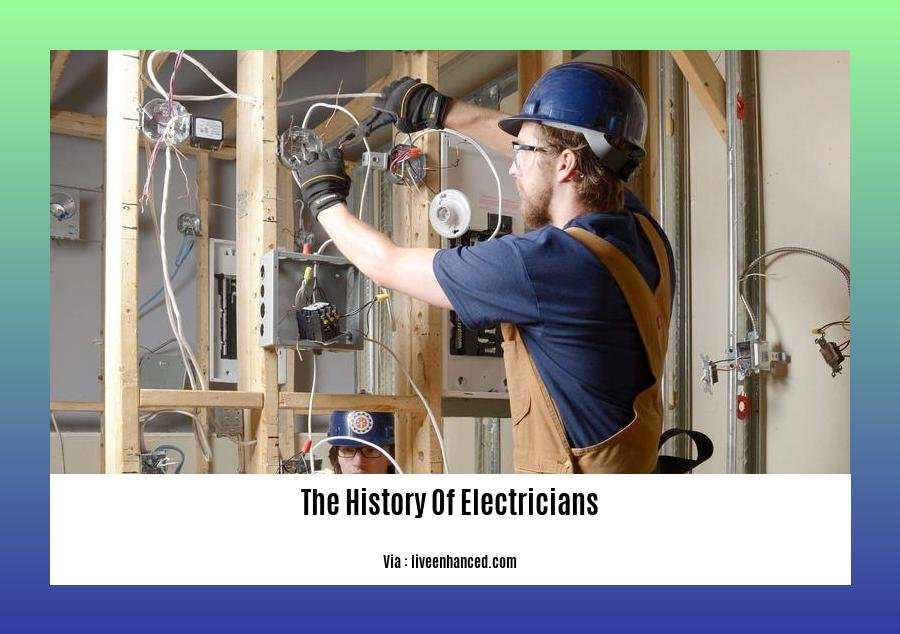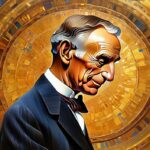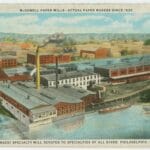Discover the captivating history of electricians, the unsung heroes who have revolutionized our lives through electrical innovations. From the groundbreaking work of pioneers like Thomas Edison to the cutting-edge advancements of today’s smart grid technology, explore the electrifying journey that has shaped societal progress and transformed the world as we know it. [The History of Electricians: Shaping Societal Progress Through Electrical Innovations] provides an in-depth look into the past, present, and future of this essential profession.
Key Takeaways:
- Electricians emerged as a profession in the late 19th century.
- Alternating-current electrical demonstration occurred in London in 1881.
- In the U.S., electricians are categorized as:
- Linemen: Work on high-voltage distribution systems.
- Wiremen: Work on lower voltages within buildings.
The History of Electricians: Shaping Societal Progress Through Electrical Innovations
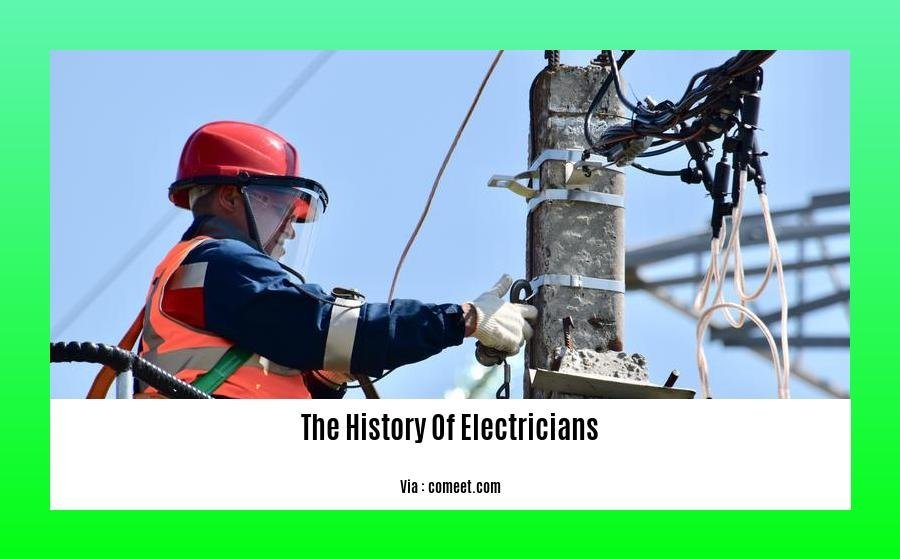
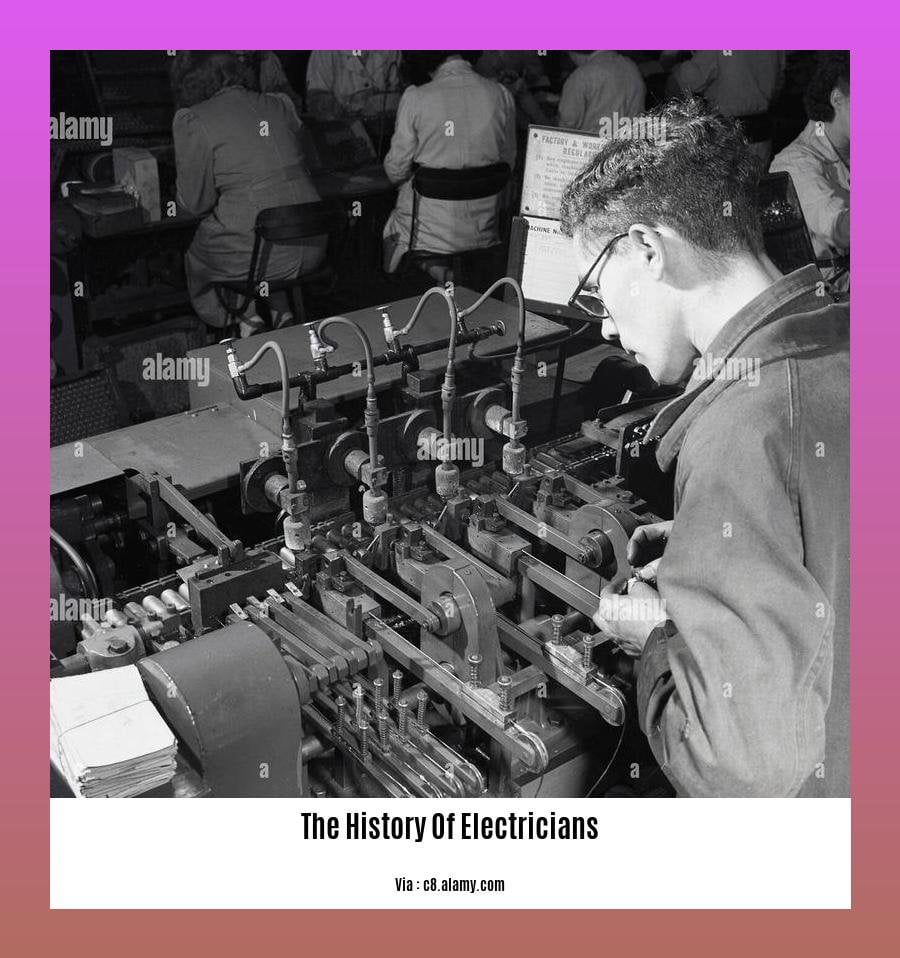
The electrician profession emerged in the late 19th Century, evolving rapidly alongside groundbreaking electrical discoveries. The first successful alternating-current demonstration in 1881 marked a pivotal moment, paving the way for the modern electrical grid and its impact on societal progress.
In the US, electricians are typically categorized as linemen, specializing in high-voltage distribution systems, and wiremen, handling lower voltages within buildings. These skilled professionals play crucial roles in maintaining and advancing electrical infrastructure, ensuring a reliable flow of electricity essential for our daily lives.
Key Milestones in the history of electricians:
- 1879: Thomas Edison invents the first practical incandescent light bulb, revolutionizing lighting and home electrification.
- 1882: Nikola Tesla develops the alternating-current induction motor, transforming industrial power systems.
- 1888: The first electrical power plant opens in London, marking the beginning of centralized electricity generation and distribution.
- 1901: The American Institute of Electrical Engineers (AIEE) is founded, promoting professional standards and fostering electrical advancements.
- 1920s: The electrical industry expands rapidly, powering homes, businesses, and transportation systems.
- 1950s: The development of transistors and integrated circuits miniaturizes electrical components, leading to compact and efficient devices.
- 1970s: The first personal computers emerge, revolutionizing information technology and creating new opportunities for electricians in data centers.
- 1980s: Programmable logic controllers (PLCs) automate industrial processes, reducing costs and improving productivity.
- 1990s: Smart grid technologies begin to emerge, enhancing reliability, efficiency, and safety in electrical distribution systems.
- 21st Century: Electricians play a vital role in the transition to renewable energy sources and the development of sustainable electrical systems.
The Impact of Electricians on Societal Progress:
- Improved Living Standards: Electricity has transformed our daily lives, from lighting and appliances to heating and cooling systems, enhancing comfort and convenience.
- Industrial Revolution: Electrification of factories and machinery fueled industrial growth, increasing productivity and creating new job opportunities.
- Transportation: Electric motors power rail systems, elevators, and electric vehicles, reducing carbon emissions and improving mobility.
- Healthcare: Electrical equipment in hospitals and medical facilities enables advanced medical diagnosis and treatment, enhancing patient care.
- Information Technology: Electricians maintain the infrastructure that supports computers, data centers, and communication networks, crucial for the digital age.
Today, the field of electricity continues to evolve rapidly, with electricians adapting to new technologies and sustainability initiatives. As the demand for reliable and efficient electrical systems grows, the role of electricians as skilled professionals remains indispensable in shaping societal progress and improving our quality of life.
Do you know about the History Of Electrician Trade? If you are intrigued, click on the link to know all about it.
Curious about Who Were The First Electricians? Click on the link and dive into the world of history to find the answer.
The History Of Electricians Timeline
The story of electricians and their role in society is a fascinating one. It’s a tale of innovation and the people who constantly pushed the boundaries of what was possible.
The timeline of electrical history is filled with milestones: Benjamin Franklin’s kite experiment in 1752, Thomas Edison’s incandescent light bulb in 1879, and Nikola Tesla’s alternating current motor in 1888.
These developments were only possible with the contributions of countless electricians. They were the ones who laid the groundwork for our modern world, building the electrical infrastructure that powers our homes and businesses.
Key Takeaways:
- The History Of Electricians Timeline is a fascinating one, filled with innovation and progress.
- Electricians have played a pivotal role in shaping societal progress through electrical innovations.
Citations:
- Prime Electrical: The History of Electricians
- Timetoast: Evolution of Electricians Timeline
FAQ
Q1: When did the profession of electricians emerge?
A1: Electricians emerged as a profession in the late 19th century.
Q2: Who is credited with discovering the fundamental principles of electricity generation?
A2: Michael Faraday discovered the fundamental principles of electricity generation in the 1820s.
Q3: What are the two primary categories of electricians in the United States?
A3: Electricians in the United States are divided into linemen and wiremen. Linemen work on higher voltage systems, while wiremen work with lower voltages inside buildings.
Q4: Are there any notable celebrities who were also electricians?
A4: Yes, Elvis Presley, George Harrison, and Rowan Atkinson are all famous people who once worked as electricians.
Q5: When was the first successful alternating-current electrical demonstration arranged in London?
A5: The first successful alternating-current electrical demonstration was arranged in London in 1881.
- SYBAU See You Baby Meaning: Gen Z Slang Evolves - July 1, 2025
- Unlock Your Inner Youth: Lifestyle Secrets for a Vibrant Life - July 1, 2025
- Decode SYBAU Meaning: Gen Z Slang Explained - July 1, 2025
